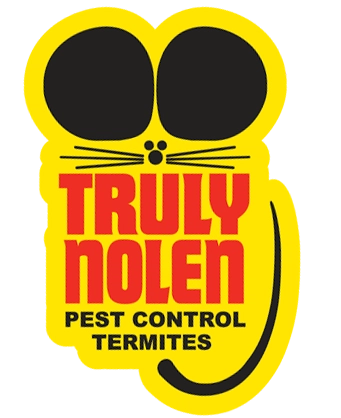How To Choose a Pest Control Company
Choosing the best pest control treatment for you is key. Along with a company's qualifications and treatment methods, you might also look into how long it has been in business and what the reviews are like. Finally, you'll likely want to consider the cost of services.
Below, we discuss each of these factors in more detail.
Does the company have a valid license and permits to perform pest control?
All pesticide applicators, as well as those that supervise them, need to be licensed via the appropriate California regulatory agencies. The United States Environmental Protection Agency (EPA) sets minimum standards of competency, while providing, maintaining, and revoking licensure is handled at the state level.
Is the company a member of any professional organizations?
One certification that pest control companies can earn is the GreenPro Service Certification, which requires that a company show that its practices are more eco-friendly and that its employees receive up-to-date training. Trade organizations such as QualityPro offer other certifications. While not required, these can help demonstrate that a company is reputable.
Pest control companies can also hold membership in various professional organizations. When a company joins an organization such as the National Pest Management Association(NPMA) (or a state-level organization), it gains access to education, resources, and a network of other pest experts with whom to compare methods. This can offer added peace of mind that a company is following industry best practices.
Professional Experience and Specialties
Looking at a pest control company's website can tell you how many years it has been in operation and what kind of pests it specializes in exterminating. Online reviews can also give you some insight into a company's experience dealing with specific pests. If you're unable to find this information online, you can try contacting the company directly.
Reviews and Recommendations
Resources you can use to check a company's reputation include the Better Business Bureau (BBB), local review sites, and social media. You can also check the status of a company's license through the California licensing board.
Cost of Services and Guarantees
It's important to think about cost when hiring someone for pest control. Cost can be influenced by your location, the type of pest being treated, the size of your house, and other factors.
Often, companies will offer free on-site estimates as part of their process, to help you decide whether it fits into your budget. You can also ask whether if your company has a satisfaction guarantee, meaning that it will continue to treat your pest problem until it is solved.
Safety and Treatment Methods
When picking a pest control provider, you want to select one that will help keep you, your family, and your pets safe. You might also prefer an environmentally-conscious provider.
Safety
You will want to understand the precautions for the pesticides used around your house, for the sake of your family, your pets, and yourself. Your pest control technician should provide information about all pesticides they intend to use, whether they are low toxicity or non-toxic, and (if not) what safety measures will be in place. All pesticides (except minimum-risk ones) must be registered with the EPA.
Treatment Methods
Many companies are now exploring more eco-friendly pest control solutions that can be used before (or instead of) chemical pesticides. Many follow the practice of Integrated Pest Management (IPM), which goes as follows:
- Identify the source of the pest problem and determine whether immediate action is required.
- Decide on the safest course of action.
- Use a combination of physical, biological, mechanical, and cultural controls to manage the pest problem.
- Use chemical controls only if needed, and always along with other solutions for effective long-term pest management.
- Assess the outcome and continue with additional pest control as needed.
















